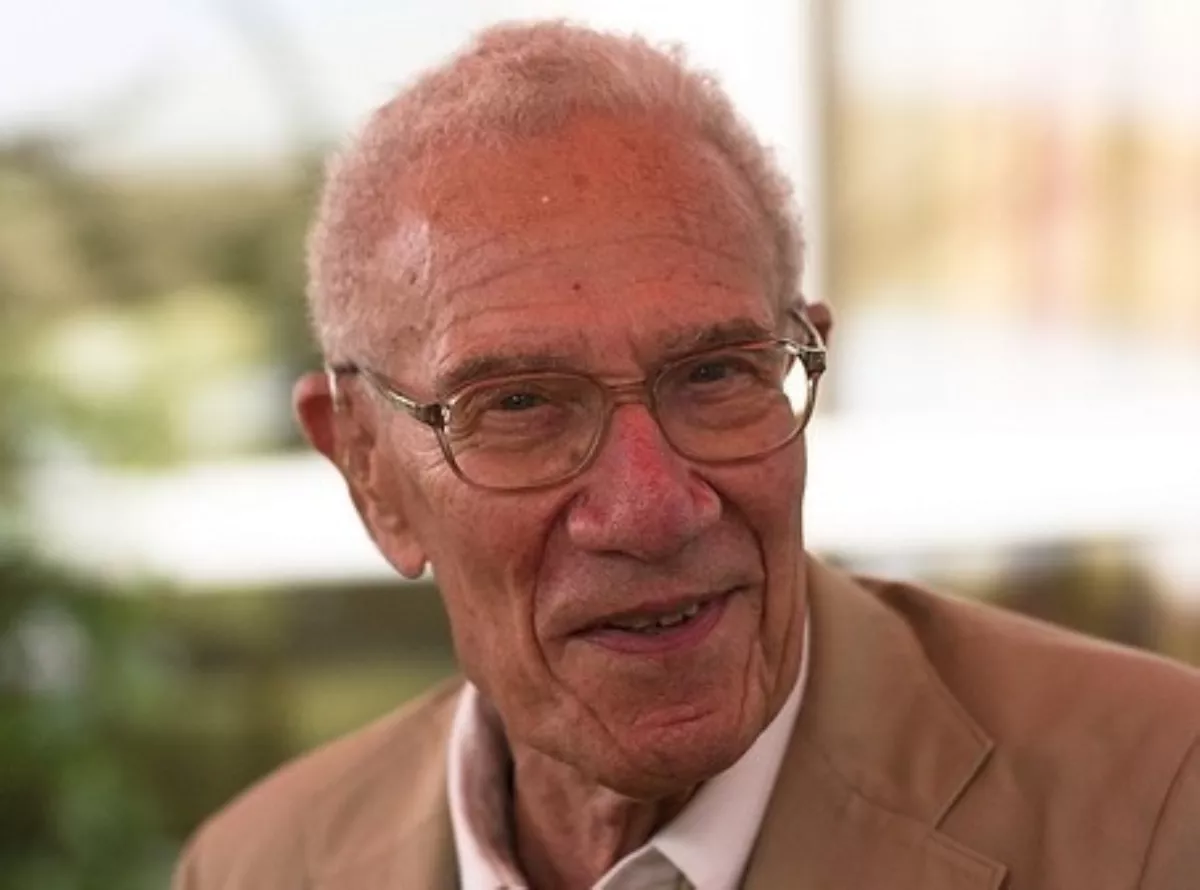 1.
1. Robert Solow was Institute Professor Emeritus of Economics at the Massachusetts Institute of Technology, where he was a professor from 1949 on.

 1.
1. Robert Solow was Institute Professor Emeritus of Economics at the Massachusetts Institute of Technology, where he was a professor from 1949 on.
Robert Solow was awarded the John Bates Clark Medal in 1961, the Nobel Memorial Prize in Economic Sciences in 1987, and the Presidential Medal of Freedom in 2014.
Robert Solow was born in Brooklyn, New York, into a Jewish family on August 23,1924, the oldest of three children.
Robert Solow attended local public school and excelled academically early in life.
In September 1940, Solow went to Harvard College with a scholarship at the age of 16.
In 1942, Robert Solow left the university and joined the US Army.
Robert Solow served briefly in North Africa and Sicily, and later in Italy until he was discharged in August 1945.
Robert Solow returned to Harvard in 1945, and studied under Wassily Leontief.
Robert Solow held several government positions, including senior economist for the Council of Economic Advisers and member of the President's Commission on Income Maintenance.
Robert Solow's studies focused mainly in the fields of employment and growth policies, and the theory of capital.
Robert Solow was the founder of the Cournot Foundation and the Cournot Centre.
Robert Solow was a founding trustee of the Economists for Peace and Security.
Robert Solow's students include Nobel Prize winners Peter Diamond, George Akerlof, Joseph Stiglitz, and William Nordhaus, as well as Michael Rothschild, Halbert White, Charlie Bean, Michael Woodford, and Harvey Wagner.
Robert Solow was one of the supporters of Joe Biden's Inflation Reduction Act of 2022.
Robert Solow died at his home in Lexington, Massachusetts, on December 21,2023, at the age of 99.
Robert Solow was the first to develop a growth model with different vintages of capital.
For example, rather than assuming, as Robert Solow did, that people save at a given constant rate, subsequent work applied a consumer-optimization framework to derive savings behavior endogenously, allowing saving rates to vary at different points in time, depending on income flows, for example.
Today, economists use Robert Solow's sources-of-growth accounting to estimate the separate effects on economic growth of technological change, capital, and labor.
In 2022, Robert Solow was still an emeritus Institute Professor in the MIT economics department.